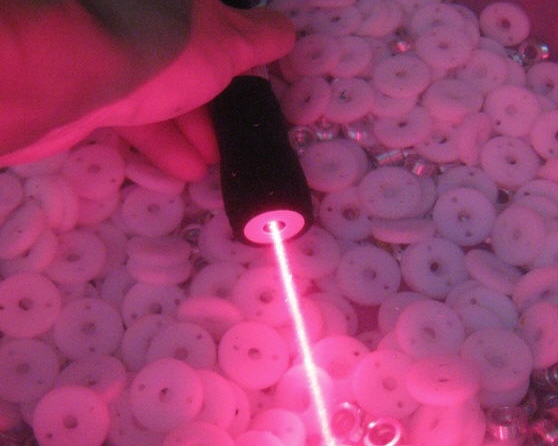The robot automatically recognizes weeds in the farmland and “fights” with short laser pointer pulses. For sustainable agriculture that avoids herbicides as much as possible, it may benefit from this clever idea. In fact, the PhD of the Institute of Geodesy and Geographic Information at the University of Bonn in Germany is doing this research. The German Federal Ministry of Economic Affairs and Energy launched a business plan, and in this context, they are committed to promoting the development of such practical tools for farmland operations.
People who want a good harvest have a strong need to expel weeds, because only in this way can the crops grow better. In the field of organic agriculture, herbicides are excluded because they are considered toxic chemicals. So for the undesired plants, people can only work hard by themselves. If the weeding robot is successfully developed, it is expected that this time-consuming work will soon be replaced by the robot.
In the camera survey laboratory of the Institute of Geodesy and Geographic Information at the University of Bonn, computer experts are developing a new system: the use of precision cameras attached to all-terrain robot vehicles or tractors. Crops are automatically identified and controlled in a targeted manner.
“Robots irradiating the leaves of weeds with short laser pulses will reduce their vitality.” “So it can be predicted that in a short time, we no longer need to use pesticides on farmland, so the environment will get Protection. “Prior to the launch of this project, the work focused on robotics and automatic imaging and processing technology, and later engaged in research on statistical models to help detect and classify weeds. He and other colleagues have been developing green laser pointer weeding robots for a year, and are currently looking for investors, hoping to have further business startup plans.
Previously in the United States, weeding robots have been used to remove leaves on railways and airport runways, but they have not been put into agricultural use because it is easy to treat green crops as weeds. The weeding robot should learn to judge whether the plants in the farmland are needed according to the color, shape and size of the leaves.
Weeding robots developed by scientific researchers carry herbicides, but can reduce the amount of herbicides used for precise positioning; some robots perform mechanical weeding or use a mini weed crusher to break them. Hope for short laser pulses. This needs further research. “This is a case of combining the idea of an innovative robot with the current topic of sustainable development.” Achievement Transformation Consultant commented that the research staff sounded good on the project’s market and business competition analysis. I believe that the new technology of laser-based agricultural machinery has many benefits, “our goal is to help achieve more sustainable agriculture.”
